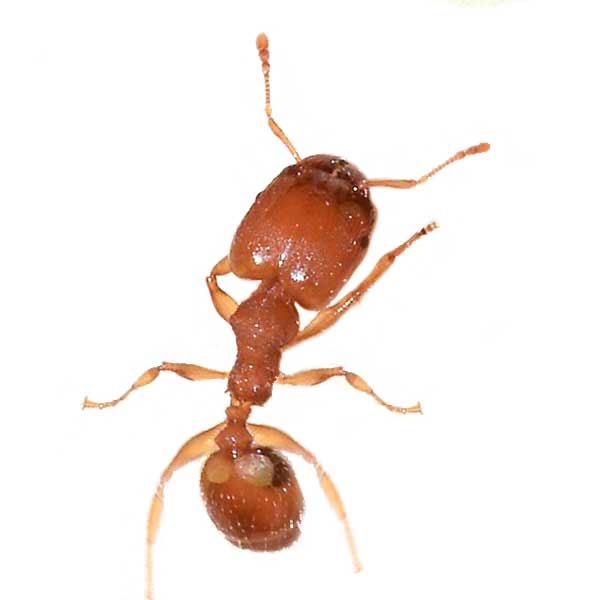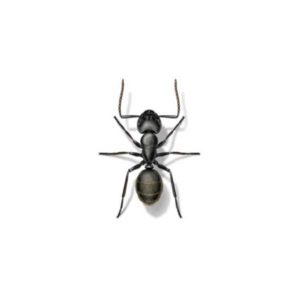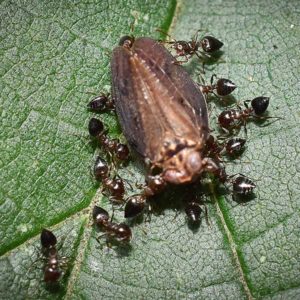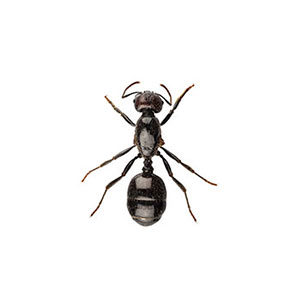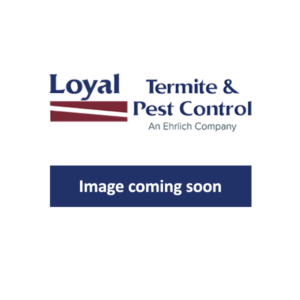Bigheaded Ants in Central and Eastern Virginia
Bigheaded ants get their name from the large heads of their worker ants and can be found infesting homes across Virginia. Known for making large nests in the sand throughout a lawn or landscape, bigheaded ants excavate soil, bringing it up through crevices in driveways, patios, and pavers on the exterior of homes. Most species build nests next to foundations where they construct mud tubes, which can be mistaken for subterranean termites.
Bigheaded Ant Habitat
Bigheaded ants move quickly and build large colonies with distinct nests, frequently nesting in disturbed habitats like driveways and lawns. Known for making large nests in the sand throughout the landscape, bigheaded ants excavate soil, then bring it up through cracks in sidewalks, patios, and pavers on the exterior of homes. Homeowners are annoyed by these piles of sand and by ants foraging into bathrooms, kitchens, around doors, and windows, as well as on exterior paved or brick walkways or driveways. They will also nest in leaf litter, firewood, fences, and walls.
Bigheaded Ant Behaviors, Threats, or Dangers
Bigheaded ants do not generally bite unless disturbed, and even then, their bite is not painful. These ants can cause issues for homeowners as they hunt for food, inside and outside of homes, leaving behind piles of debris and dirt. Infestations can be found near structures, ornamental plant bases, sidewalks, and driveways. Owners of infested buildings typically complain about finding hundreds of both live and dead ants. Control is difficult because unless the entire supercolony is treated, there is a high probability of reinfestation. If you suspect a bigheaded ant issue, it is best to contact a professional ant exterminator.
Need help with Bigheaded Ants?
Get started with a FREE quote!

